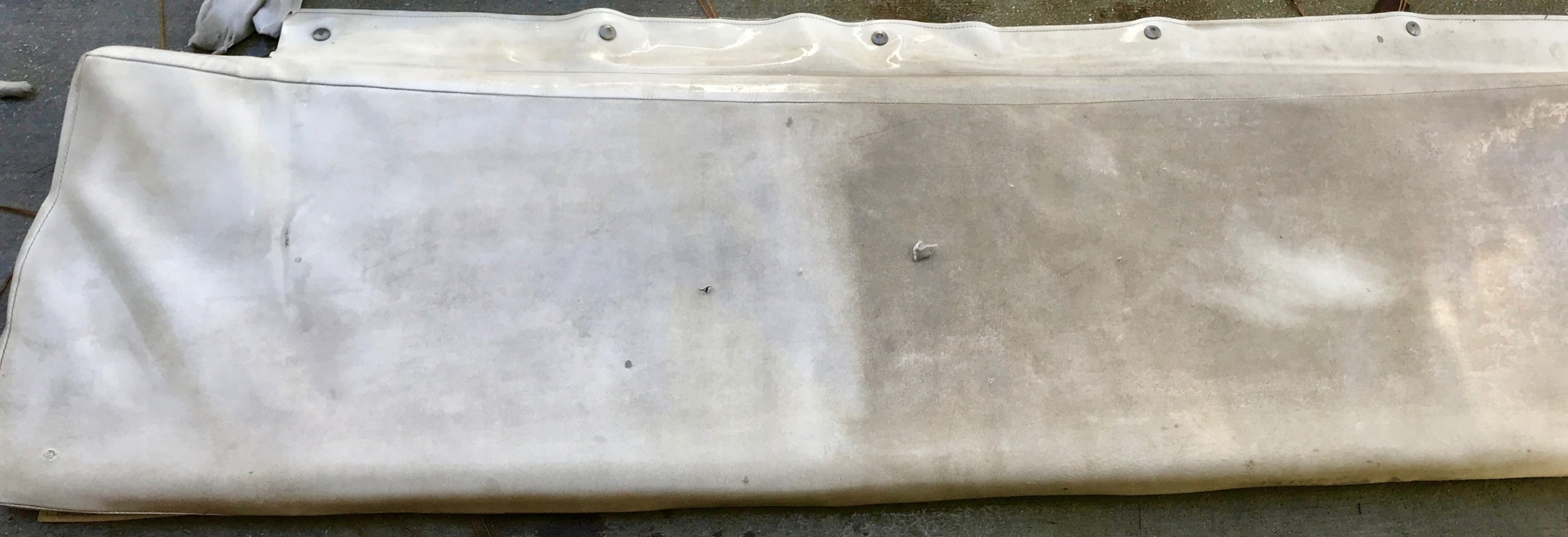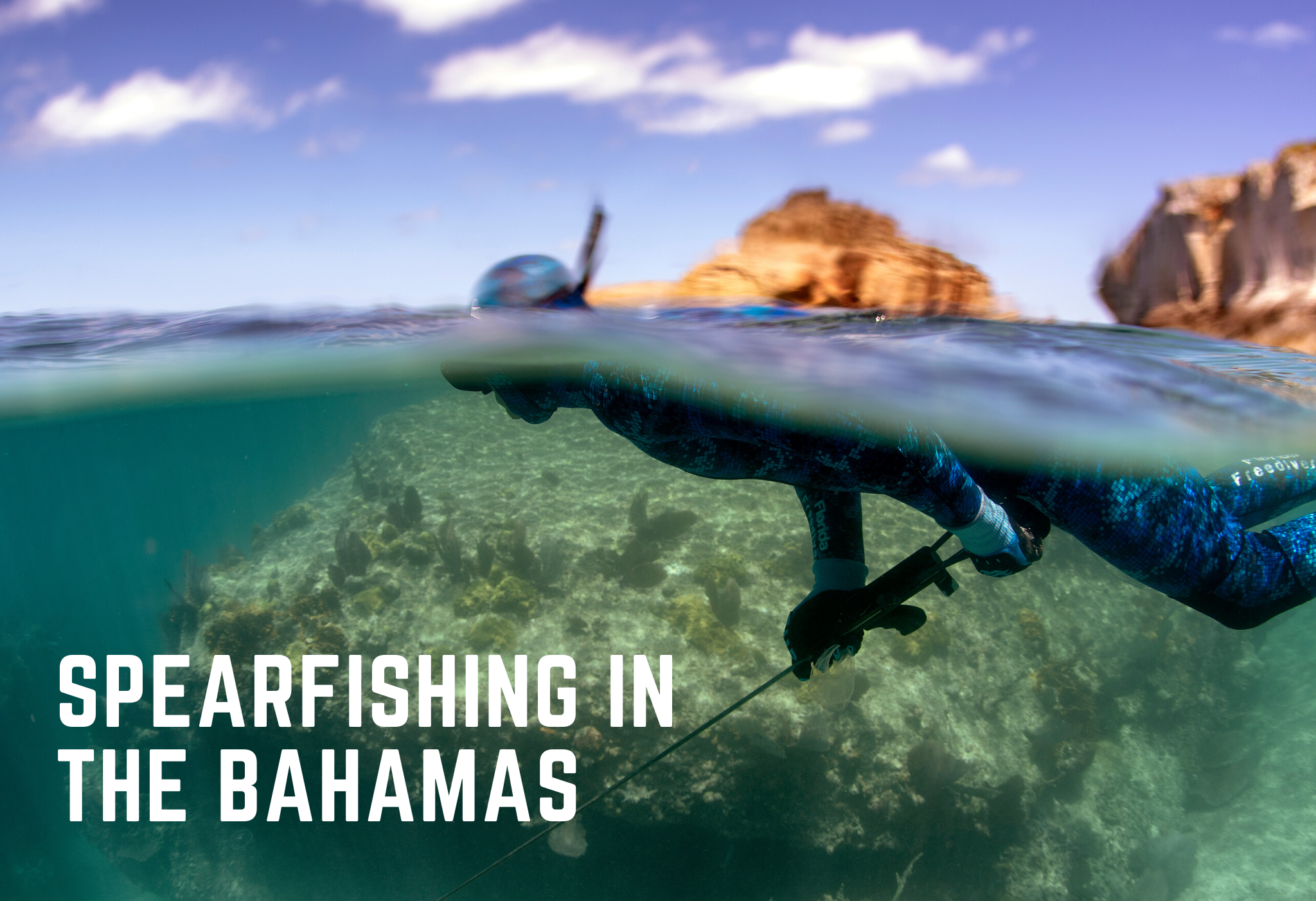If you are new to sailing than the terms you hear around the boat can sound like a foreign language. Here is a list of sailing terms for beginners to help you get accustomed to the odd things you hear while around other sailing folks.
Here are some of the most important sailing terms to get you started!
Types of Sailboats:
Catamaran. A multihull having two hulls. Adrenaline is a type of multihull known as a catamaran.
Monohull. A boat with a single hull. Tula was a monohull sailboat.
Multihull. A boat with two or three hulls. Catamarans and trimarans are types of multihulls.
Trimaran. A boat with three hulls. Adrenaline’s designer, Locke Crowther, was also well known for his trimaran designs.
Places and Parts of a Sailboat:

Parts of a sailboat illustration by ClintonSailingClub.org
Beam. The widest part of the boat. Adrenaline’s length is 41 feet and her beam is 20 feet.
Bow. The forward part of a boat. We love to watch dolphin surfing the bow wave.
Boom. A spar that supports the foot of the mainsail. Tula’s boom was made of wood but Adrenaline has an aluminum boom.
Bridgedeck. The deck that joins the hulls on a catamaran. We did a lot of reconstruction work on our bridgedeck to remove rotted wood.
Bulkhead. A support below deck to strengthen the boat. Adrenaline’s bulkheads are made of thick wood.
Cockpit. An area inset in the deck where the boat is steered. We built a bimini to give our cockpit some shade.
Cross beam. Any of the beams that join the two hulls of a catamaran. Our forward cross beam is a piece of an aluminum mast.
Daggerboard. A vertical foil sticking out the bottom of the boat that gives the boat a “grip” on the water thereby minimizing leeward movement. When sailing to windward in light wind we lower the daggerboards to take advantage of maximum ‘grip’ on the water.
Draft. The depth of the boat underwater. Adrenaline’s draft is 3’8″ which enables us to get into pretty shallow spots.
Keel. An extension of the hull that goes deeper into the water and provides stability. A heavy keel balances a monohull in the water.
Lifeline. A wire or cable that runs along the outside of the deck supported by stanchions to help restrain passengers. We recently replaced our stainless steel lifelines with Dyneema.
Mast. A pole made from wood, aluminum, or carbon fiber from which a sail is set. We climb the mast to check the rigging.
Port. The left side when looking forward. Our guest berth is in the port hull.
Rudder. An underwater appendage that controls the direction of the boat. Our rudders are not protected by a keel so we are very careful in shallow waters.
Starboard. The right side facing forward. Our berth is on the starboard side of the boat.
Stanchion. A vertical support along the outside of the deck for the lifelines. We just replaced our stainless steel stanchions with carbon fiber stanchions.
Stern. The aftermost part of a vessel. We generally fish from the stern of the boat.
The Act of Sailing :
Points of sail. Close hauled (beating), close reach, beam reach, broad reach, and run. A point of sail is a sailing craft’s direction of travel under sail in relation to the true wind direction over the surface.
Beam reach. Point of sail with the wind coming over the beam. A beam reach is usually the fastest and easiest point of sail.
Broad reach. Point of sail with the wind coming over the boat’s aft quarter. A broad reach represents a range of wind angles between beam reach and running downwind.
Close hauled. A point of sail, sailing as close to the wind as possible. Close hauled is also known as beating into the wind.
Close reach. A point of sail between close hauled and a beam reach. On a close reach, the sails are trimmed in, but not as tight as for a close-hauled course.
Downwind run. The true wind is coming from directly behind the sailing craft. We often fly our spinnaker on a downwind run.
Heel. The angle the boat sails at. Catamarans are not meant to heel as much as monohulls.
Jibe. To turn the stern of the boat through the eye of the wind. Accidental jibes may occur when running downwind and the wind catches the leeward side of the sail. An accidental jibe can be dangerous for unsuspecting crew members.
Reef. To decrease sail area. It is important to reef early on a catamaran to avoid any possibility of being overpowered.
Starboard tack. When the mainsail is carried on the port side. The boat sailing on a starboard tack has the right of way.
Tack. Putting the bow through the eye of the wind. Sailboats can’t sail directly into the wind so if our destination lies upwind we will need to tack at certain angles to get there.
Trim. To pull in or tension a line. Billy trimmed the genoa sheets to reduce the luffing.
All About the Sails:
Batten. A rod or strip used to stiffen the leech of a sail. Adrenaline’s new mainsail has 6 full-length battens.
Clew. The aft lower corner of a sail. Our sheets are attached to the clew of the genoa.
Foresail: Any sail that is forward of the mast.
Genoa. A large foresail whose clew extends beyond the mast. Our headsail is a genoa rather than a smaller jib.
Headsail. A foresail. Most headsails are either a jib or a genoa.
Lazy Jacks. Lines running between the boom and mast that prevent the mainsail from falling on deck as it is lowered. Our lazy jacks are a big help when it comes to putting away the mainsail.
Jib. A triangular staysail whose clew does not extend beyond the mast. Many sailors furl in the jib as they approach an anchorage.
Leech. The back edge of a sail. The leech forms the hypotenuse on a triangular sail.
Luff. The forward leading edge of the sail. The luff is parallel to the mast on a mainsail.
Mainsail. The mainsail of a boat is often the largest sail and raised on the mainmast. We just replaced our mainsail.
Roach. The convex area of a sail on its leech. Our new sail has a larger roach than our previous one.
Roller furling. a method of furling or reefing a sail by rolling it around a stay or rotating spar. We have a roller furling headsail.
Spinnaker. A large three-cornered sail made for light wind. We fly our spinnaker in light downwind scenarios.
Storm jib. A jib that is smaller and stronger than the working jib. We fly our storm jib in winds too strong for our Genoa.
Telltale. A fine string or ribbons located on the sail to help determine wind direction and proper sail trim. If the telltales are stalling the sail is probably not trimmed properly.
Learning the Lines:
Boom vang. A device or line used to hold the boom down. When we are sailing downwind and the mainsail is sheeted out we will tighten the boom vang.
Halyard. A line that raises a sail. We raise the mainsail by pulling the halyard.
Jib sheet. A line that controls the jib. Trim the jib sheet according to the telltales.
Mainsheet. A single line used to control the main. We trim the mainsheet as we head up into the wind.
Painter. The floating line attached to the bow of a dinghy. We tow our dinghy using a painter.
Preventer. A line or other device that prevents an accidental jibe. When we are sailing downwind we rig a preventer.
Running rigging. All the lines that control any part of the sails. We broke some of our running rigging the last time we were sailing in high winds.
Sheet. A control line for a sail. We tighten the sheets to get optimal sail shape.
Snubber. A line that takes the strain off the anchor chain and acts as a shock absorber. We always attach our snubber when anchoring.
Topping lift. A line that runs from the end of the boom to hold it up when the sail is not set. We raise the topping lift before we drop the mainsail so the boom does not sit on the bimini.
Wind:

Moving by the wind!
Apparent wind. The wind that is felt on the boat. We sail to the apparent wind, not the true wind.
Downwind. The direction in which the wind is traveling. We like sailing downwind because we can often surf the following seas.
Gust. A puff of strong wind. Our spinnaker ripped when we got a strong gust of wind.
True wind. The wind speed and direction the boat would feel if it were at rest. The wind directions for points of sail always refer to the true wind.
Upwind. Towards the direction from which the wind is blowing. We must tack if we are trying to get to a destination that is upwind of our current location.
Rigging:
Backstay. A cable or rod that runs from the top of the mast to the stern of the boat. We recently changed our backstays to running backstays.
Chain plate. A metal or carbon strap or fitting on the hull where stays are attached. Our chain plates are made of stainless steel.
Forestay. A stay running from the bow to the upper mast. The forestay helps to keep the mast from falling backward.
Headstay. A cable that runs from the bow to the upper part of the mast. Our headsail attaches to the headstay.
Rig. The mast, boom, stays, and sails. It is important to check the entire rig before going on a long sail.
Shroud. A wire or cable holding up the mast from the sides of a boat. Our shrouds are made of stainless steel cable.
Spreader. A horizontal support for the stays that sticks out from the mast. Birds like to sit on our spreaders and poop on the deck!
Standing rigging. All wires or cables that hold up the mast. We are considering replacing all of our stainless steel rigging with Dyneema.
Stay. A wire or cable supporting the mast. We have two backstays, a forestay, a solent stay, and a baby stay on Adrenaline.
Sailing Hardware:

A winch is one of the most important pieces of hardware on a sailboat!
Block. A device used to change the angle of a line, also used in conjunction with each other to gain mechanical advantage. We sometimes run a sheet through a block and attach the block to a padeye in order to adjust the shape of the genoa.
Chock. Fairlead for dock or anchor lines. We always feed dock lines through the chock so we do not chafe our new paint job.
Padeye. A metal or plastic eye fastened on deck that you can attach things to such as blocks. Billy just replaced all of our stainless steel padeyes with Dyneema
Shackle. A metal or Dyneema opening link which can connect two or more things together. We use a metal shackle to attach our anchor chain to a swivel and we use a Dyneema shackle to attach a block to a padeye.
Sheave. The round turning part in a pulley or block. We check the sheave to make sure it is not cracked.
Winch. A mechanical device used to increase the tension on a line consisting of a geared drum and handle. We use a winch to raise the main halyard.
Other Important Sailing Lingo:

Batten down. Prepare for heavy weather. Batten down the hatches!
Capsize. Turned over in the water. We never want to capsize!
Chafe. Wearing away of a line or sail due to friction. We loosen the lazy jacks so they do not chafe the sail.
Figure eight. A type of knot also called a stopper knot. We tie a figure eight at the end of our sheets to prevent them from running out of the blocks.
Following sea. Waves coming from behind. When sailing downwind we often have a following sea.
Furl. To neatly put away a sail while still attached to the spars. We furl in our sail as we approach the anchorage.
Knockdown. When the heel of the boat approaches 90°. I am very glad we never experienced a knockdown on Tula.
Overpowered. Too much power in the sails producing excessive heel and difficult steering. We were overpowered more often than not sailing on Tula.
Splice. To create a bond between two lines or an eye at the end of a line by weaving the strands together. Splicing line has become one of Billy’s favorite hobbies.
Weather helm. The tendency for a boat to want to turn into the wind. We begin to notice that we are overpowered when we develop a lot of weather helm.
Windage. Surface exposed to the wind providing resistance. We tried to make our bimini as low as possible to reduce any windage it could cause.
After reading this sailing terms for beginners article I hope the next time you are around other sailing folks and walking the docks you can decipher what they are saying and maybe even add to the conversations 🙂
Comment below with your favorite sailing term!
Thanks for reading!
Sierra









SNAFU & FUBAR are terms used on all vessels at some point in time!!
Wife and I really love you two//three. We wish we hand started Live aboard
many years ago but after watching you to I think I may have a chance.
Be safe fare winds my friends
Jerry Paula & Stormy
I have noticed you don’t monetize tulasendlesssummer.com, don’t waste your traffic, you can earn extra bucks every month with new monetization method.
This is the best adsense alternative for any type of website (they approve all sites), for more
info simply search in gooogle: murgrabia’s tools